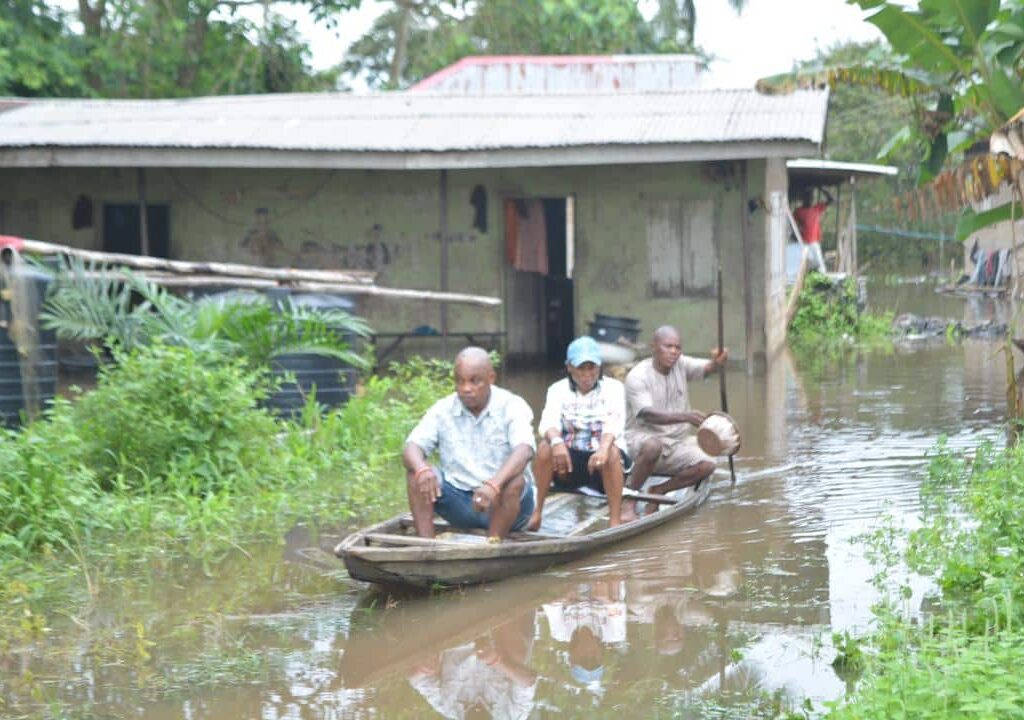
The Nigerian Meteorological Agency (NiMet) has issued a 3-day heavy rainfall alert in many Northern states.
OsunDailyNG reports that the agency also said some Southern states will experience moderate to low rainfall.
The three-day forecast shows that for Sunday 6th, August, there are high chances of heavy rainfall to affect parts of Sokoto, Kebbi, Zamfara, Katsina, Kano, Jigawa, Yobe, Borno, Kaduna, Bauchi, Gombe, Plateau, and Niger State, while moderate to heavy rainfall are very likely over parts of the FCT, Nasarawa, Adamawa, Benue, Ebonyi, Imo, Abia, Akwa Ibom, Cross River, and Taraba States.
The agency also said there would be low to moderate rainfall over Kwara, Oyo, Ogun, Osun, Ekiti, Kogi, Rivers, and Enugu states.
Also, the forecast said there would be heavy rainfall on Monday over a few places, especially parts of Borno, Adamawa, Yobe, Sokoto, Kebbi, Zamfara, Niger, Bauchi, Kano, Katsina, and Jigawa States, while moderate to heavy rainfall should be expected over parts of Kaduna, the FCT, Osun, Ogun, Ondo, Edo, Imo, Abia, Akwa Ibom, Plateau, Taraba, and Adamawa States.
Low to moderate rainfall was predicted in Nasarawa, Kogi, Plateau, Edo, and Kaduna states.
The forecast for Tuesday, 8th August, according to NiMet, was that there are very slim chances of low to moderate rainfall, mainly over parts of Sokoto, Kebbi, Zamfara, Niger, Kaduna, the FCT, Nasarawa, Plateau, Bauchi, Kano, Jigawa, Gombe, and Borno states while elsewhere there is little or no risk of hydrometeorological hazard.
The agency, however, warned of isolated cases of displacements of people due to flash floods, outbreaks of water-borne diseases, and isolated cases of damage to weak structures, among others.
It urged Disaster Risk Management (DRM) authorities to be informed about the development of the meteorological situation and raise awareness.
It stated that taking action is more likely while the situation needs to be monitored closely by National Hydrological and Meteorological Services (NHMSs).
Also, the agency appealed to concerned authorities to update disaster contingency plans and improve energy management, especially during transmission; In contrast, DRM authorities should be ready to take adequate actions; DRM to be continuously in touch with NHMSs.


